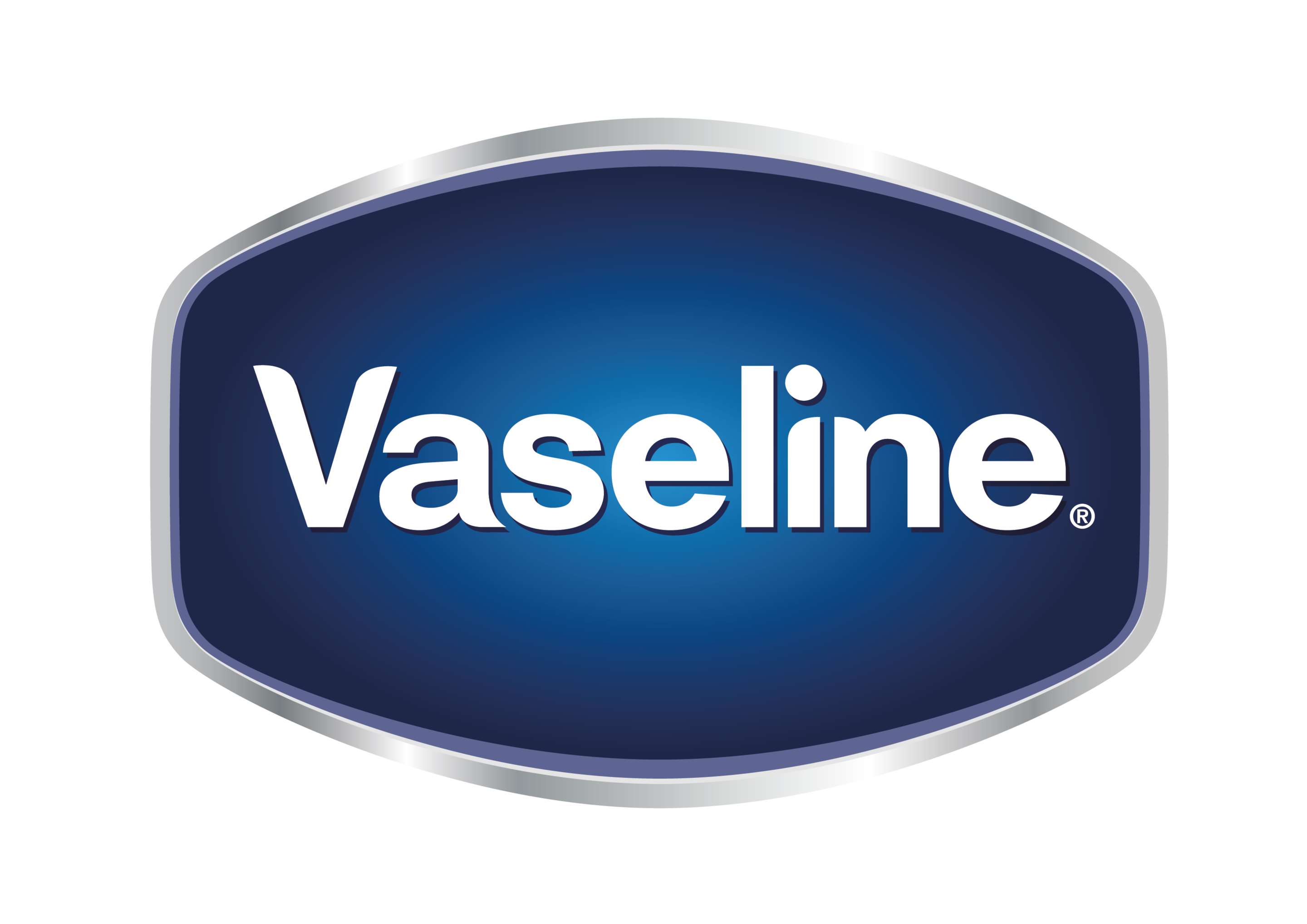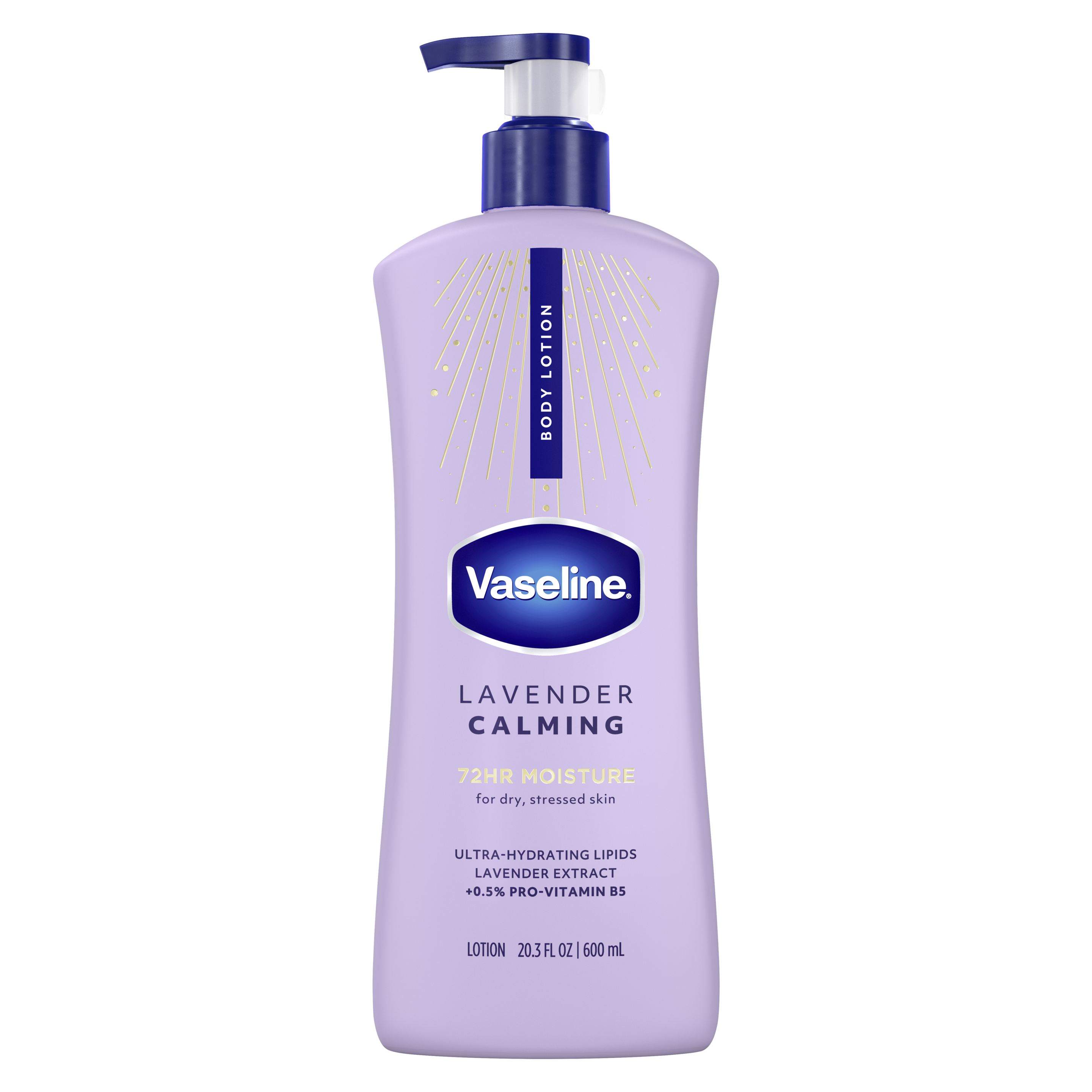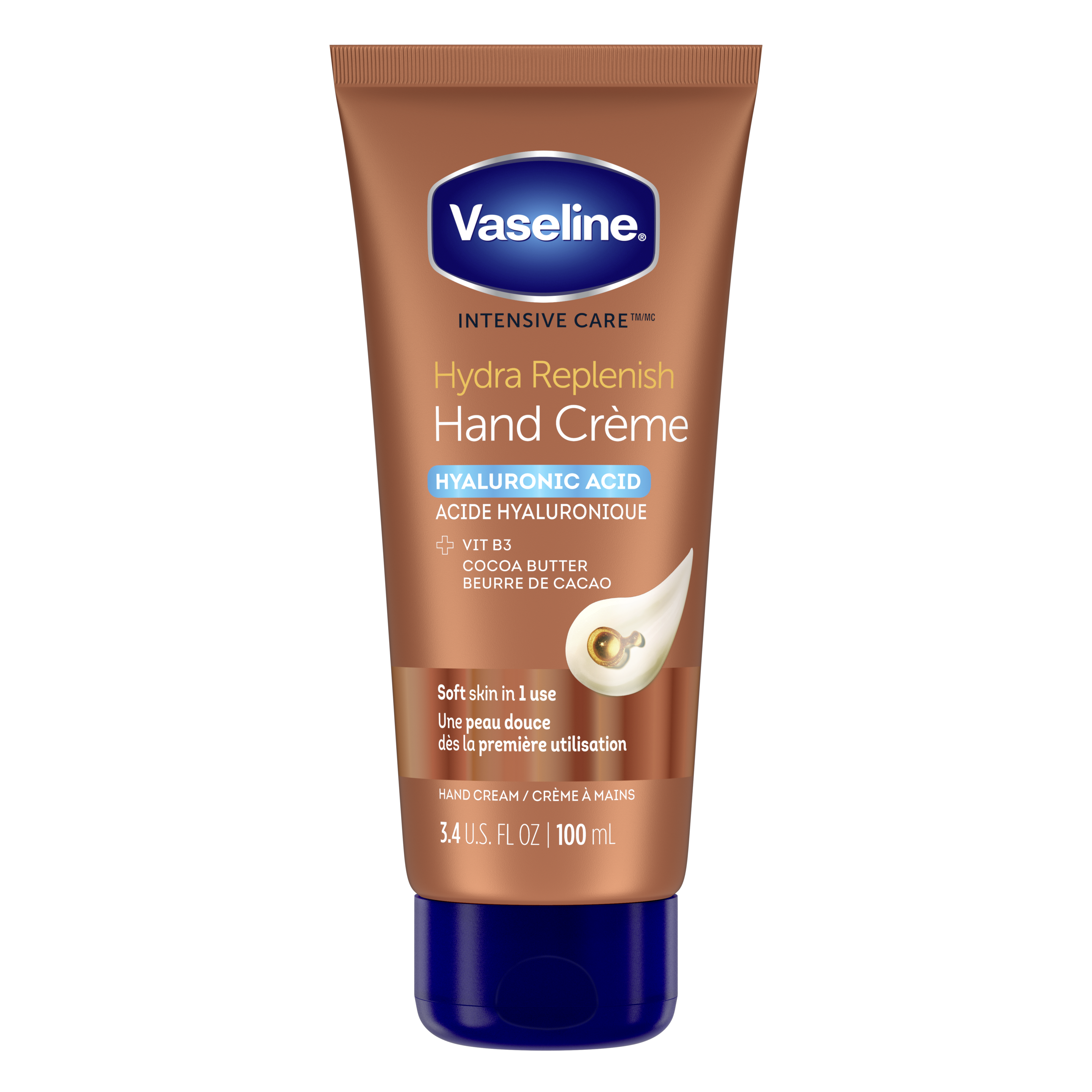Skip to content
Diagnosing skincare troubles can sometimes feel as challenging as removing waterproof mascara at the end of a night out (if you know, you know). One easily identifiable skincare concern is dry skin: rough, itchy, and patchy skin isn’t hard to spot, but it can be difficult to treat, especially when you aren’t sure if your skin lacks hydration and moisture.
Many skincare products boast both hydrating and moisturizing benefits, two essential components necessary for a well-rounded and effective skincare routine. While these terms are often thought to be interchangeable, the truth is that they actually refer to two different skincare strategies that serve vastly different purposes. We have the scoop on how to identify your skin’s wish list so you can radiate that confidence you crave.
The Differences Between Hydration and Moisture
Anyone who experiences dry skin, whether chronically or only on occasion, will likely guess that they are either lacking hydration or moisture. Determining which one is the culprit will help you better diagnose your skincare challenges and take you one step closer to finding a resolution.
To better understand these key components, get your lab coats ready and let’s go back to the basics of skincare science. According to the Mayo Clinic, skin is made up of three layers. The outer layer (epidermis), the middle layer (dermis), and the subcutaneous tissue underneath (hypodermis). “If the outermost layer of the epidermis doesn’t contain enough water,” the Mayo Clinic reports, “skin will lose elasticity and feel rough”. This refers to dehydration, a literal lack of water within the skin cells that causes them to look and feel lifeless. Hydrating ingredients, such as hyaluronic acid, draw water from deeper layers of the skin and bind with them.
As far as the elements that can lead to dehydrated skin in the first place, there are several factors that might be stealing your hydrated glow. A skincare routine made up of harsh products, low humidity that pulls moisture from your skin, blasts of air conditioning, lack of sleep, or super-hot showers can all contribute to dehydrated skin. But the truth is, hydrating your skin is just the first half of the story.
Moisture, on the other hand, refers to ingredients that seal hydration into the skin barrier and allow it to work its magic. A compromised skin barrier can cause a myriad of problems, primarily skin that is unable to maintain its hydration levels in the upper layers. Just like dehydrated skin, there are factors such as ageing that can lead to a damaged skin barrier which is essentially dry skin. Other practices that cause dry skin are over-washing, using too many products with active ingredients, and exfoliating too frequently.
Hydration and moisture go hand-in-hand, and one is rather useless without the other. Creating a skincare routine that enables both is just as important as removing dehydrating factors that lead to dry skin in first place.
Incorporate Hyaluronic Acid into Your Routine
Now that we understand the differences between hydration and moisture, how can we determine which one we need and how do we go about seeking it out? The ideal skincare routine will include both, for a two-part routine or product that hydrates your skin and securely seals in that moisture. Hyaluronic acid is one buzzworthy ingredient that will boost your skin’s ability to hold onto hydration and set you up for smooth and supple skin. Hyaluronic acid is a molecule that’s actively found in the skin that it acts as a humectant, an ingredient that helps your body hold onto hydration. It binds water to collagen in your skin to create a plumping, hydrated effect.
Over time, our bodies produce less collagen and hyaluronic acid on their own, leading the skin to become more easily dehydrated. Prioritizing skincare ingredients like hyaluronic acid will help you restore some of that missing hydration and offers a return to more youthful-looking skin. We recommend trying Vaseline® Intensive Care Hydra Strength Hand Créme infused with hyaluronic acid, vitamin C, and shea butter.
Boost Your Skincare Routine with Hydrating Products
First things first, it’s important to consider the other steps in your skincare routine and ensure that you aren’t using any products that are further drying out your skin.
When it comes to cleansing your skin, this means using a gentle cleanser or body wash that doesn’t strip the skin of the natural oils that are essential to your skin’s hydration levels. Preventing the loss of hydration will give your skin a boost and require less intervention in the later steps of your skincare routine.
In the case of selecting a moisturizer, seeking out a formula that contains lipids will make all the difference in your skin’s hydration. The skin barrier is made up of lipids whose natural production is largely based on hydration levels in the body. By reinstating some of those dwindling lipids in your skin barrier via a moisturizer, you are essentially rebuilding your skin barrier from the ground up, leaving you with ultra-hydrated skin. A product like Vaseline® Intensive Care Nourishing Moisture Lotion, formulated with Ultra-Hydrating Lipids, will ensure that your skin cells aren’t suffering from a lack of water, and you will give your skin a boost towards a more nourished, plump, and supple feel.
Stay Hydrated From Within
It’s no secret that consistent hydration has an effect on our skin. According to the Mayo Clinic , “If the outermost layer of the epidermis doesn't contain enough water, the skin will lose elasticity and feel rough”. So, how about we start drinking a bit more water than we already do? Water intake help improve the skin’s hydration and elasticity levels for an overall more hydrated and youthful appearance.
Did You Know? If you struggle to drink your 2 liters of water per day, you can also increase your hydration intake by eating foods with high water content, such as cucumber, watermelon, apples, celery, and peaches. Hydration is key to healthy, young-looking skin.
Expert Advice
The advice in this article does not constitute medical advice, it is solely available for information purposes.












